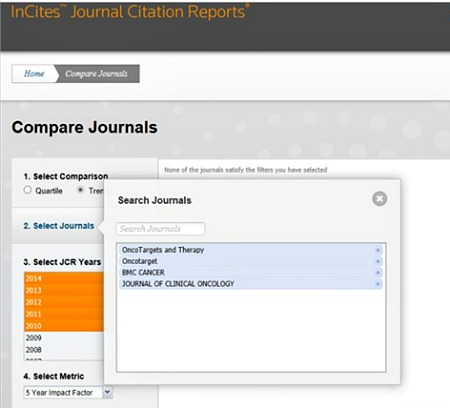The MSK Library subscribes to several e-resources that may come in handy when you need to quickly confirm a drug interaction (or lack thereof). Whether you prefer to access these tools via a desktop computer or on your mobile phone – we’ve got you covered!
- Micromedex (Thomson Reuters)
Evidence-based source for drug dosage, drug interactions, and side effects information that also includes some patient education material. - LexiComp Online (Wolters Kluwer)
Provides access to the approved drugs and dosage forms used at Memorial Sloan Kettering (Hospital Formulary). - Physician’s Desk Reference (PDR) (PDR Network, LLC)
The authoritative source on prescription drugs, PDR contains full, FDA-approved drug label information, including warnings and precautions, drug interactions, and hundreds of full-color product images. MSK Login information is at the “My Subscription” link.
To download the mobile app versions of these three tools (and many other useful resources), be sure to check out the MSK Library’s Mobile Resources LibGuide.
If you have questions about any of these resources, feel free to contact the MSK Library.

